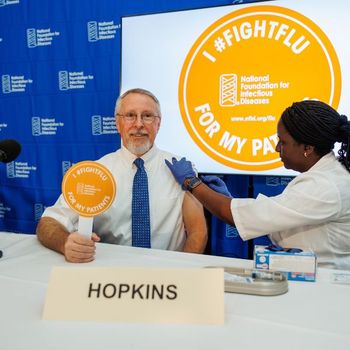
Researchers Describe Incidence, Microbiology and Patient Characteristics of SSTIs
Skin and soft tissue infections (SSTIs) are commonly occurring infections with wide-ranging clinical manifestations from mild to life-threatening. There are few population-based studies of SSTIs in the period after the rapid increase in community-acquired methicillin-resistant Staphyloccus aureus (MRSA). Ray, et al. (2013) used electronic databases to describe the incidence, microbiology, and patient characteristics of clinically-diagnosed SSTIs among members of a Northern California integrated health plan. They identified demographic risk factors associated with SSTIs and MRSA infection.
Â
During the study period from 2009 to 2011, 376,262 individuals experienced 471,550 SSTI episodes, of which 23 percent were cultured. Among cultured episodes, 54 percent were pathogen-positive. Staphylococcus aureus (S. aureus) was isolated in 81 percent of pathogen-positive specimens, of which nearly half (46 percent) were MRSA. The rate of clinically-diagnosed SSTIs in this population was 496 per 10,000 person-years. After adjusting for age group, gender, race/ethnicity and diabetes, Asians and Hispanics were at reduced risk of SSTIs compared to whites, while diabetics were at substantially higher risk compared to non-diabetics. There were strong age group by race/ethnicity interactions, with African Americans aged 18 to <50 years being disproportionately at risk for SSTIs compared to persons in that age group belonging to other race/ethnicity groups. Compared to Whites, S. aureus isolates of African-Americans and Hispanics were more likely to be MRSA (Odds Ratio (OR): 1.79, Confidence Interval (CI): 1.67 to 1.92, and, OR: 1.24, CI: 1.18 to 1.31, respectively), while isolates from Asians were less likely to be MRSA (OR: 0.73, CI: 0.68 to 0.78).
Â
The researchers conclude that SSTIs represent a significant burden to the healthcare system. The majority of culture-positive SSTIs were caused by S. aureus, and almost half of the S. aureus SSTIs were methicillin-resistant. They add that the reasons for African-Americans having a higher likelihood, and Asians a lower likelihood, for their S. aureus isolates to be methicillin-resistant, should be further investigated. Their research was published in
Reference: Ray GT, Suaya JA and Baxter R. Incidence, microbiology, and patient characteristics of skin and soft-tissue infections in a U.S. Population: a retrospective population-based study. BMC Infectious Diseases 2013, 13:252 doi:10.1186/1471-2334-13-252.
Â
Newsletter
Stay prepared and protected with Infection Control Today's newsletter, delivering essential updates, best practices, and expert insights for infection preventionists.






